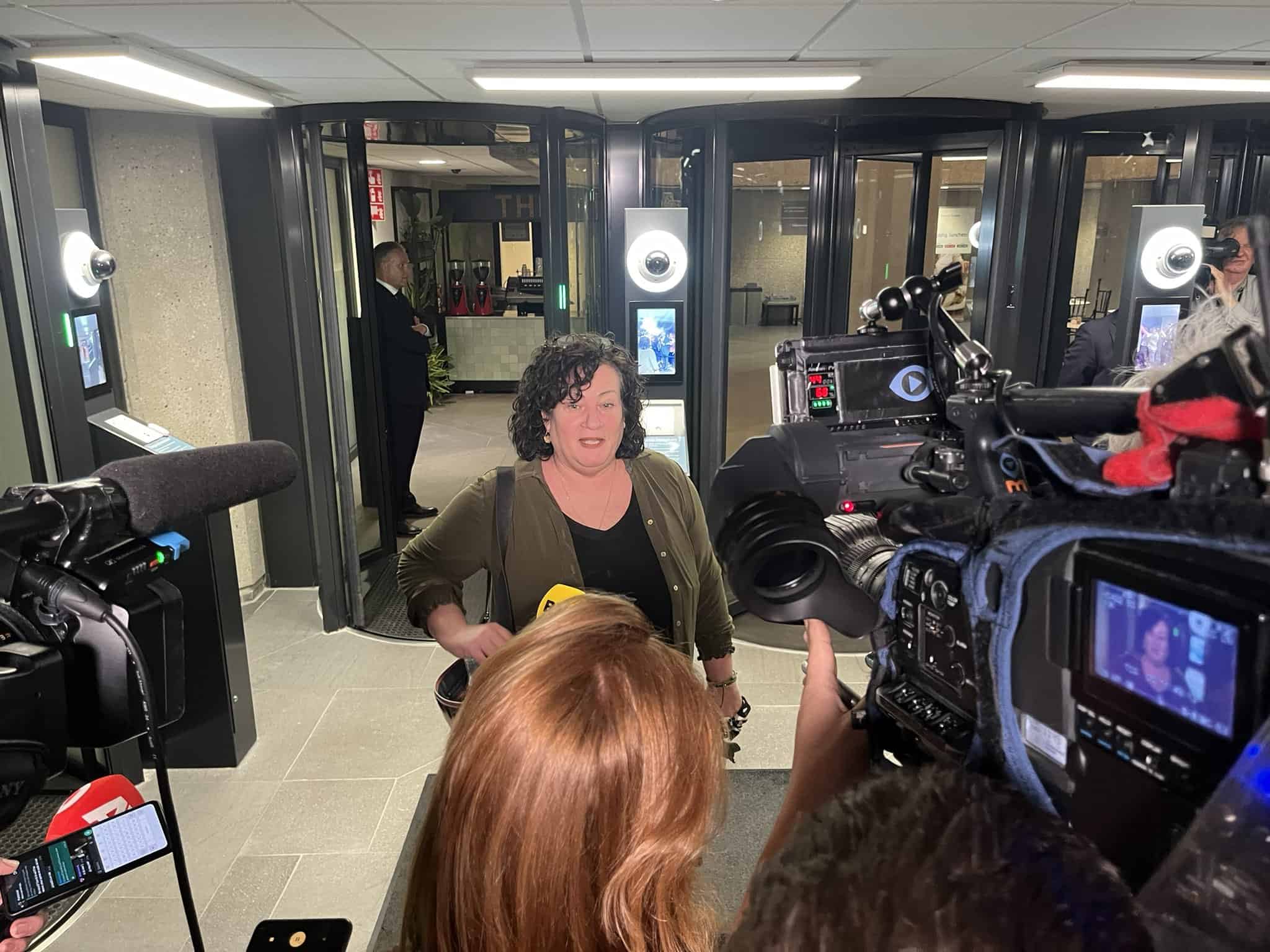
A Brazilian and a Dominican ruled in favor of Real Madrid in front of a ( potential) television audience of 600 million viewers across 182 countries. In the stands of Santiago Bernabéu, the professional footballers from the Chinese club Wuhan Zall watched the best watched one-day event in the world in awe, while their families were ‘trapped’ ten thousand kilometers away by the Corona virus. El Clásico as as solace for the pain. More about that later. This time, FC Barcelona was the loser at the biggest football party on earth. And a few hundred million fans around the world mourned their loss with them.
If there is one sport that acts as a huge catalyst for innovation in television coverage, it is football. Former professional footballer Luis García Sanz aptly summed up the advances made in the duel between Real Madrid and FC Barcelona. “I recently watched old footage from my career with my son. Those were filmed with just a couple of cameras. There were hardly any replays. ‘How could you play football like that?’- he asked me. And it’s really not that long ago,” said the former footballer for FC Barcelona as well as a string of other clubs.
Luis García has the most important El Clásico memories that he’s had with Barcelona still stored in his head. He considers the bus trip to Camp Nou on 6 December 2003 as the most memorable. He doesn’t need to see the match, which FC Barcelona lost 2-1 back then. Just as Luis García would prefer to forget the game last Sunday evening on the 1st of March. But that will take a while.

Footage from a 360-degree camera
Because literally the whole world has been able to watch every second of El Clásico with the help of thirty cameras. This innovative interplay behind the scenes is fascinating in itself. It is not just the teams of the two superpowers that are under extra pressure where this game is concerned. Seven hundred accredited journalists are reporting from the stadium. Everything outside the lines is computer-controlled. Technicians in a box on the roof’s edge computerize both teams’ set-ups. Camera operators and photographers install themselves close to the field. There is a special team in the stadium basement who edit images from a 360-degree camera. My Dutch colleague Sierd de Vos makes one last preview as a television commentator. He is also tense, I can see it on his face. Nothing can go wrong. Around 700,000 fans in The Netherlands watch the Spanish League Championships.
The Spanish League is doing everything it can to further expand their international market. One of the best watched El Clásico’s ever was that on December 2017 when it was played specifically for Asian viewers at 1 pm. Spanish matches can be seen for free on Facebook in eight countries. Including India – which bought the rights for three years for €90 million back in 2018. This created a new and interesting market for the sponsors.

Millions of euros in extra income
It seems that the end of football as a commercial product is a long way off. For the past year, all Real Madrid matches have used what is known as digital overlay. With this system, advertisements on the boards alongside the pitch can be digitally adapted to certain regions. For example, the Europeans, the Asians and the Latin Americans were each shown different sponsorships on Sunday evening. This can generate 30 to 100 million euros in additional income each year. A staggering amount of money for the vast numbers of world citizens who saw Real Madrid win 2-0.
Above all, for the players and fans watching El Clásico, whoever wins on the field is still the most important thing that counts. Brazilian Vinicius Jr. fulfilled his boyhood dream by putting Real Madrid ahead in the game. Among other things, he did that for the Wuhan Zall team, who have been at training camp for months and are unable to return home because of the Corona virus. At the invitation of the League, they were spectators at the Santiago Bernabéu football event where only two colors mattered: the white of Madrid and the Blaugrana of FC Barcelona. And as far as I’m concerned, that’s El Clásico’s greatest victory.
Read Koen Greven’s previous columns on Spanish innovation here.








